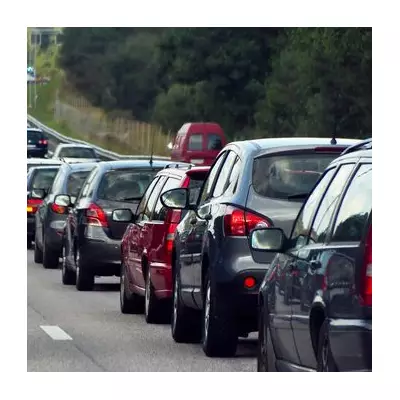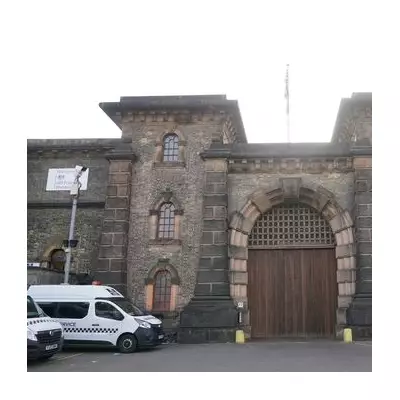
In a dramatic twist for Britain's retirement landscape, nearly two million state pensioners are finding themselves unexpectedly caught in the tax net despite benefiting from the government's triple lock protection.
The Frozen Threshold Trap
The core of the issue lies in the collision between rising state pension payments and frozen income tax thresholds. While the triple lock has successfully boosted pension values, the personal allowance - the amount you can earn before paying tax - remains stubbornly frozen at £12,570 until at least 2028.
This perfect storm means that any pensioner receiving the full new state pension of £11,502 annually needs just £1,069 of additional income to be pushed into tax territory. For those with modest workplace pensions or other savings income, crossing this threshold has become alarmingly easy.
Who's Affected?
The numbers tell a concerning story:
- Approximately 1.6 million pensioners already pay income tax
- Another 650,000 will join them by 2024-25
- By 2027-28, nearly 2.5 million pensioners could be paying income tax
The Triple Lock Paradox
Ironically, the very mechanism designed to protect pensioners' incomes - the triple lock - is contributing to their tax burden. The guarantee ensures state pensions rise by the highest of inflation, average earnings growth or 2.5%, but without corresponding adjustments to tax thresholds, more pensioners are being pulled into the tax system each year.
What This Means for Retirees
Many pensioners are completely unaware they might owe tax until they receive an unexpected letter from HMRC. Unlike employees who pay tax through PAYE, those receiving only the state pension plus small amounts of other income may need to complete self-assessment returns or face emergency tax codes.
The situation highlights the growing complexity of retirement planning and the importance of understanding how different income sources interact with the tax system.





